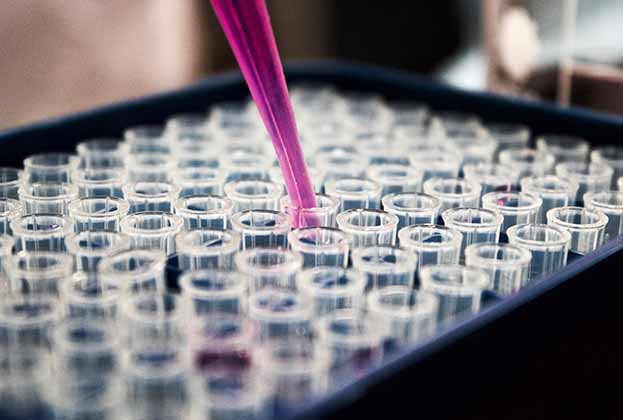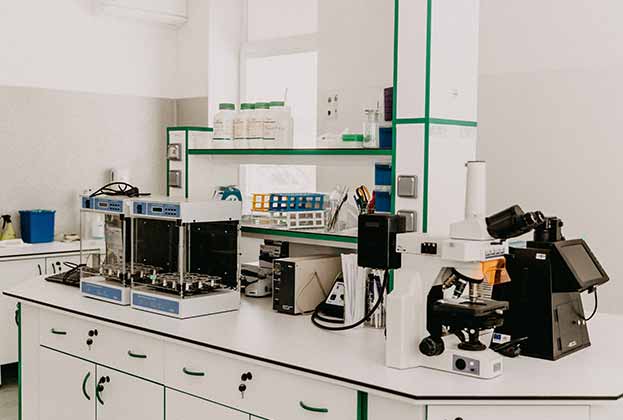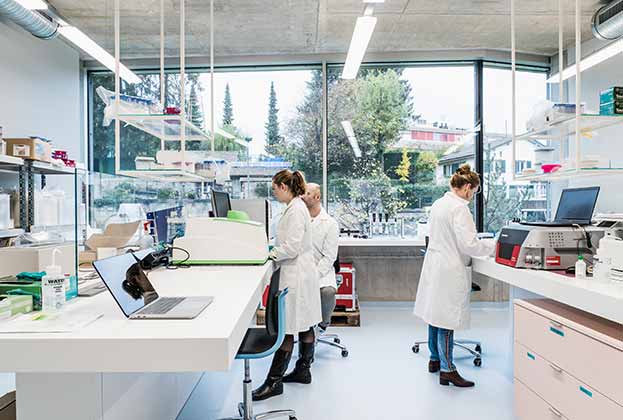Pharma/biotech companies are adopting net zero carbon goals and emission reduction targets for 2030
The life science sector is, by nature, in a balancing act between environmental, social and governance (ESG) considerations. The outputs from the activities of companies operating within the industry deliver broad societal benefits and have the power to transform life on our planet. In parallel, life science companies are highly carbon-intensive in their operations, with the global pharmaceutical industry producing 55% higher emissions than the automotive industry, for example.
While most corporations are beginning to prioritise ESG, for those in the public eye, it is paramount to demonstrate commitment to environmental and social sustainability combined with good governance practices.
Companies operating within the life science sector are becoming increasingly conscious of the environmental and climate impacts resulting from their activities, with a large proportion of pharmaceutical and biotechnology companies adopting net zero carbon goals and setting emission reduction targets for 2030. This is particularly important for those with a large manufacturing and supply chain footprint. Large-scale R&D and manufacturing operations require specialist facilities, often with complex construction and fit-out requirements, and their activities are associated with high energy and water usage, and a heavy dependence on single-use plastics.
Indeed, laboratories consume up to ten times more energy per square metre than standard commercial office buildings. Equipment such as fume hoods and ultra-low temperature freezers can use as much energy as an average-sized household. Therefore, optimising space and its use can deliver a reduction in energy consumption that has the potential to deliver a significant relative reduction in carbon dioxide emissions and footprint.
In conjunction, challenges arise in that research spaces have complex operations with multiple service requirements, meaning that strategies typically used to optimise efficiency in commercial buildings are rarely suitable for laboratory environments.
In addition to reducing greenhouse gas emissions and minimising their transition and physical climate risks, all companies must play a role in driving social value and demonstrate strong governance practices
Sarah Thorley, Associate Director, Strategic Advisory EMEA
Biological laboratories typically require operations with a range of thermal environments, while chemical laboratories require particularly high levels of ventilation, and in spaces with a high usage of electronic equipment, the control of temperature, humidity and airborne pollutants is essential. Maintaining these controlled conditions is dependent on the building fabric and services. Building design and space planning can help to address these challenges, combined with strong governance practices to ensure transparency and robust decision-making, within a heavily regulated sector.
Increasingly, strategies are looking towards driving operational efficiencies, including optimising laboratory processes and equipment use, improving waste management and recycling, minimising water consumption and encouraging sustainable behavioural change.
Moreover, in addition to reducing greenhouse gas emissions and minimising their transition and physical climate risks, all companies must play a role in driving social value and demonstrate strong governance practices. Equity in the provision of healthcare is a core aim under the United Nations Sustainable Development Goals, and big pharma organisations have the power to influence global distribution networks and ensure equitable access to supplies.
Those operating within the life science sector are increasingly embedding sustainability into their wider business policies and procedures, and their strategies are broad reaching from employee inclusion and diversity to community engagement, and access and affordability of products, through to product quality and safety.
To attract these leading companies with responsible policies, landlords must truly consider how to deliver space that reflects and addresses these ESG considerations.
.jpg)
What is the Laboratory Efficiency Assessment Framework (LEAF)?
LEAF provides guidance and criteria to improve the carbon footprint of lab space. By taking part in this programme, lab users can utilise an online tool to assess their sustainability actions. LEAF also provides an in-built calculator to estimate a company’s impact of its actions in both carbon and financial terms, as well as free training and resources to promote sustainable science.
LEAF Criteria
LEAF comprises five key categories of criteria for assessment: waste; people; sample and chemical management; equipment, and ventilation.
Using LEAF’s online tool, lab users record their actions against the five key criteria for the award level sought, either Bronze, Silver, or Gold. LEAF reviews these submissions and presents an impact report if the lab is certified.
Read the articles within Spotlight: Life Sciences – Trends & Outlook below.
.jpg)





